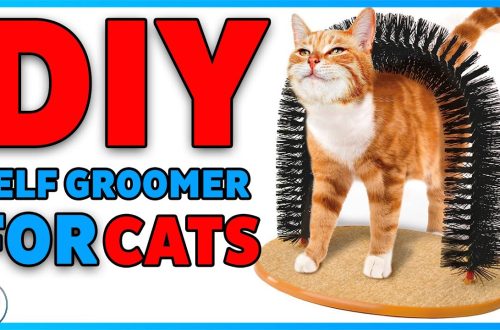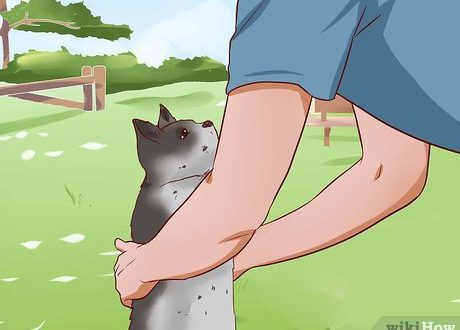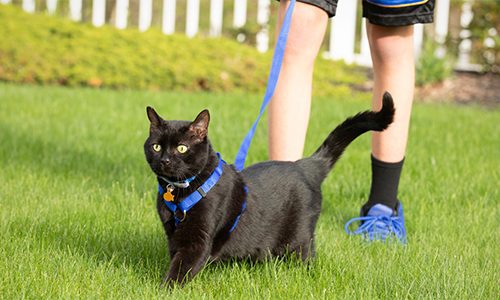Silicone nail pads for cats
![]()
Cat nail pads are also called anti-scratches. They are silicone caps that are attached to the cat’s claws with a special non-toxic adhesive. As a rule, it comes in a kit.
The pads come in different shapes and sizes. The smallest XS are designed for small cats weighing up to 1,5 kg, while the largest L are for animals weighing over 6 kg.
What are overlays for?
The main purpose of this accessory is protection from the claws of a cat. In overlays, the animal will not be able to sharpen its claws on an expensive sofa or chair or scratch a small child. Claw pads become especially relevant in cases where the pet is not accustomed to the scratching post, and simply cutting off the claws does not help.
However, among veterinarians there is no consensus on overlays. After all, any, even the calmest cat, will experience stress from the procedure for gluing linings and during the period of adaptation to them. In addition, the pet will no longer feel the surface, as before.
Experts believe that the habit of grinding the claws of a cat that wears pads does not disappear, but at some point she comes to terms with the fact that she can no longer do this. Unfortunately, it is impossible to predict the reaction of a particular pet to this.
It is only important to consider that a certain risk lies in the misuse of silicone pads. Therefore, you should wear them in strict accordance with the instructions. In order for silicone cat nail pads to last long and be safe, pay attention to the advice of experts.
Trim your nails before fixing
This is the first rule of using overlays. So they will sit tighter. The claws are cut approximately 1 mm from the edge, without touching the blood vessels.
Choose pads by size
The pad, chosen correctly, completely covers the claw and at the same time does not affect the skin around. If you purchased larger caps, just carefully cut them.
Pads are glued only on the front paws
The cat sharpens its claws only on the front paws – on the hind legs it gnaws on its own. In this case, it is not always necessary to glue all five overlays. The lateral fifth claw is used less than the others by the cat, however, in the overlay, it may not peel off in time. It is recommended to do an experiment: first try to stick an overlay on it, and next time leave it without it.
Stickers do not need to be peeled off
Silicone pads fall off along with the upper stratum corneum of the claw. This happens about every two months. The overlay may fall off earlier if it was not matched to the right size or the cat removed it with its own teeth.
Check your cat’s paws regularly
If used incorrectly, microbes accumulate between the pad and the claw, which can provoke the development of inflammation. Regular inspection and timely treatment will help prevent this. It is also worth monitoring the reaction of the pet to the glue, it can cause allergies.
Who doesn’t need silicone pads?
Kittens
The claws of kittens are formed until about six months. Veterinarians do not recommend putting pads on soft claws of small pets. At this time, it is better to be puzzled by accustoming them to the scratching post.
Elderly cats
Older animals often simply lose interest in furniture, they stop actively playing and running around the apartment. Do not once again worry the cat with a new procedure for her.
Sick and debilitated animals
Veterinarians insist: pads are only for healthy cats. If the pet is weak, passive, has problems with the skin, and even more so with the claws, then it is better to wait with the accessory until it is completely cured.
Cats that walk on the street
Silicone pads are for pets only. Anti-scratches on the claws of a cat walking on the street can cause an accident. She will not be able to climb a tree or jump high if necessary, because the claws are not only a tool for protection, but also for coordination.
Silicone overlays are a fashion trend that does not bring any particular benefit. So that the cat does not scratch people, it needs to be educated, and so that it does not spoil the furniture and textiles in the house, it will be more effective to accustom it to the scratching post. This is not only a proven method, but also a much more natural process that will definitely not harm your pet.
Photo:





